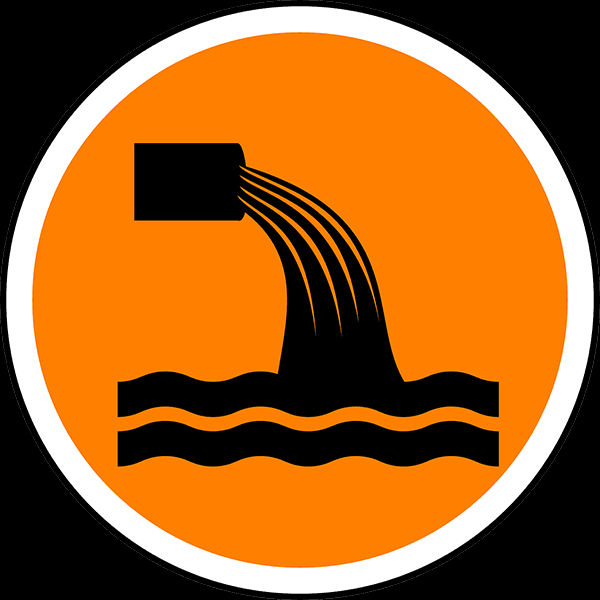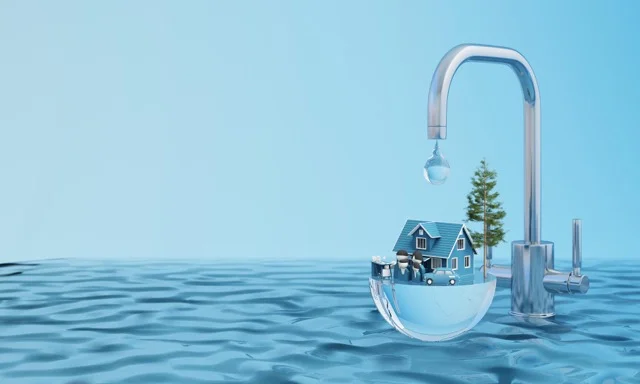Little Known Questions About Reclaim Waste.
Wiki Article
Indicators on Reclaim Waste You Need To Know
Table of ContentsSome Known Details About Reclaim Waste Our Reclaim Waste IdeasThings about Reclaim WasteSome Known Details About Reclaim Waste Reclaim Waste Fundamentals Explained
Residential sewage waste refers to the waste and products from a property septic tank. The appropriate management and disposal of domestic sewage waste require liquid waste to be moved to a sewer therapy plant where the appropriate approaches and tools are applied to cleanse and dispose of waste.
Industrial waste commonly consists of prospective dangers, such as combustible products or a blend of fluid and solid waste products, and needs an advanced and comprehensive disposal process. The disposal of commercial waste generally involves the filtration of waste before transportation to guarantee secure and proper disposal. Hazardous waste is developed from byproducts and overflow of industrial procedures and manufacturing.
This sort of waste can not utilize the same sewer management transportation or procedures as septic or commercial fluids. The industrial waste management procedure calls for the examination and screening of fluid waste prior to it goes through the disposal procedure (liquid waste removal). Overflow waste is the liquid waste that originates from drainage and excess stormwater in very inhabited areas or cities
Drainage waste can trigger contamination and flooding if not managed properly. Find out much more about sewage system cleansing and waste administration. Guaranteeing proper waste monitoring can protect against calamities and decrease ecological harm. Both people in residential setups and experts in business or manufacturing markets can take advantage of comprehending the processes and regulations of liquid waste monitoring.
What Does Reclaim Waste Do?
Call PROS Providers today to find out about our waste administration and disposal solutions and the correct methods to look after the liquid waste you produce.(https://www.tripadvisor.in/Profile/reclaimwaste1)This supposed 'wastewater' is not just an essential source yet, after treatment, will certainly be launched to our land, waterways or the sea. Utilized water from toilets, showers, bathrooms, kitchen area sinks, laundries and commercial processes is recognized as wastewater.

water used to cool down machinery or tidy plant and devices). Stormwater, a kind of wastewater, is runoff that moves from agricultural and metropolitan locations such as roofings, parks, yards, roads, courses and seamless gutters into stormwater drains pipes, after liquid waste removal rain. Stormwater moves unattended directly to neighborhood creeks or rivers, ultimately getting to the ocean.
Reclaim Waste Fundamentals Explained
In Queensland, many wastewater is treated at sewage therapy plants. Wastewater is carried from residential or commercial websites via a system of drains and pump stations, known as sewerage reticulation, to a sewage therapy plant. City governments develop, keep and run most sewer treatment plants. Operators are accredited under the Environmental Defense Act 1994 to discharge cured wastewater at an acceptable ecological standard into rivers.The Department of Natural Resources recommends city governments about managing, operating and keeping sewage systems and treatment plants. In unsewered areas, regional governments might call for owners to set up individual or family sewer therapy systems to deal with residential wastewater from toilets, cooking areas, washrooms and laundries. The Division of Natural Resources authorises making use of household systems when they are confirmed to be efficient.
In some new class, treatment of some stormwater to get rid of clutter, sand and crushed rock has actually begun utilizing gross contaminant traps. Wastewater therapy occurs in 4 stages: Removes solid issue.
Utilizes tiny living organisms understands as micro-organisms to damage down and eliminate continuing to be dissolved wastes and great particles. Micro-organisms and wastes are integrated in the sludge.
Unknown Facts About Reclaim Waste
Nutrient removal is not readily available at all sewer treatment plants because it requires pricey specialist devices. Clear liquid effluent produced after treatment may still include disease-causing micro-organisms - industrial wastewater treatment.
This usually indicates wastewater has to be dealt with or pollutants removed prior to it can be released to waterways. A lot of wastewater moves into the sewage system. Under the Act, city governments provide approvals and licences for environmentally appropriate activities (Ages) entailing wastewater releases that might have a regional effect. The department provides authorizations and permits to Ages involving wastewater launches that could have a regional or statewide impact.
The Definitive Guide for Reclaim Waste
Surveillance supplies valid information concerning water quality and can verify that licence conditions are being satisfied. The info acquired through monitoring provides the basis for making water quality choices.Report this wiki page